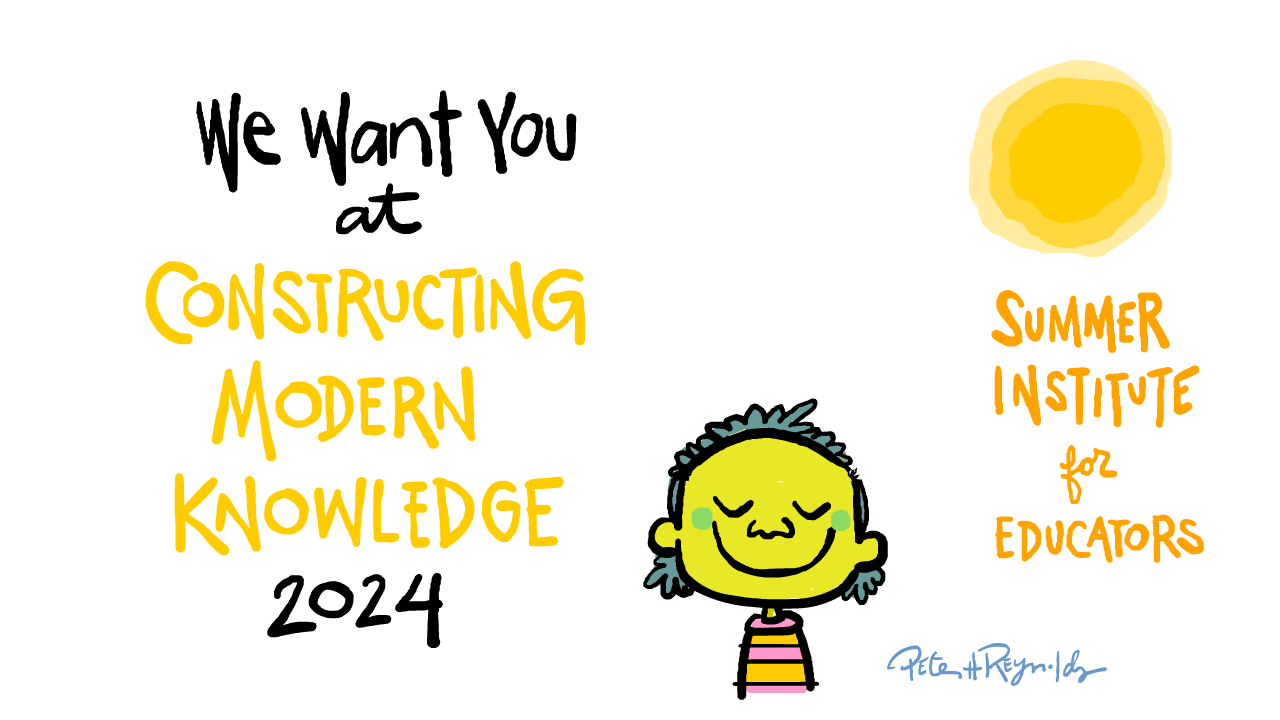Sometimes, adding just a little bit extra to a classroom activity increases the nutritional value of the “the lesson” enormously.
On the court
I’ve taken hundreds of tennis lessons and group classes since the pandemic. This investment not only pays health dividends, but has afforded me the opportunity to experience an awful lot of good and bad teaching. (I could write a book.)
During today’s lesson, it occurred to me how if the pro/coach/teacher/instructor modified an activity to add “a little something extra,” perhaps a new requirement or constraint, this addition would not complicate matters or sacrifice fun, but might just provide the very thing needed for we students to grow. One might think of this “little bit extra” as a form of scaffolding.
The same is true in classroom settings. By way of analogy, allow me to share a real experience I observed.

In the classroom
The third grade decides to dedicate an entire week to create and operate a restaurant. They will create a menu, assign roles, market the Friday grand opening to caregivers, decorate the classroom, print menus, wear uniforms, assign roles, prepare recipes, cook the food, and serve it to customers.
The big day arrives. After four days of preparation, it’s finally time to feed actual “paying” customers!
The kids dress as waiters, they take orders, they serve the food. Teachers beam with bride. Caregivers enjoy being served by their children.
I intervene and ask the supervising teachers, “Are the kids going to tally each table’s bill, collect payment, and make change?”
The teachers look at me with a mixture of horror, shame, and disbelief, and answer, “No. That’s a good idea. Maybe next year.”
Really I think? This is the perfect opportunity to include practice with the sorts of math skills expected of third graders in as close to a meaningful context as one might find in a classroom setting. The failure to add “just this little bit” diminishes the value of the exercise in critical ways. It is a lost opportunity. Teachers thinking about thinking and acting as each other’s critical friend might not have allowed such a rich learning opportunity to slip through the cracks.
Sad trombone sound
The tale is actually much worse. Once the teachers realized that it would be hard or too time consuming to prepare the menu planned by the children in the allotted time, they pivoted and had pizza delivered for the students to serve in “their restaurant.” So, now the entire exercise is a mere dramatic production. There is no cooking, measuring, following instructions, calculating, or change-making in “running the restaurant.” It’s no longer a restaurant, but a lemonade stand.
Learning such a lesson would be fine if the teachers then regrouped, tweaked the activity, tried again, and ran a restaurant complete with actual cooking and commerce the following week. But alas, there is only time for kids to “play restaurant” once a year. The morbidly obese curriculum has other demands.
Another PBL pitfall
Schools with greater experience and a more mature approach to project-based learning (PBL) offer suffer from grandiosity. Rather than work on planning a restaurant grand open for as long as it takes to execute in the best and most educationally efficacious way possible, they imagine serving food in their restaurant every week, or the menu is too complicated, or the school’s facilities will not support stir frying, but would allow cookie baking.
This is why prompt setting is such an essential skill for teachers to develop continuously.
Veteran educator Gary Stager, Ph.D. is the author of Twenty Things to Do with a Computer – Forward 50, co-author of Invent To Learn — Making, Tinkering, and Engineering in the Classroom, publisher at Constructing Modern Knowledge Press, and the founder of the Constructing Modern Knowledge summer institute. He led professional development in the world’s first 1:1 laptop schools thirty years ago and designed one of the oldest online graduate school programs. Gary is also the curator of The Seymour Papert archives at DailyPapert.com. Learn more about Gary here.

This reminds me of my experience with Pi Day which I naively believed would be a great opportunity for teachers to explore the intricacies of π. Rather it became a day of eating pies. For that reason I wrote this article which you may have seen before.
https://dmcpress.org/2022/03/10/math-via-stories-is-powerful-stuff/
And the beat goes on…..